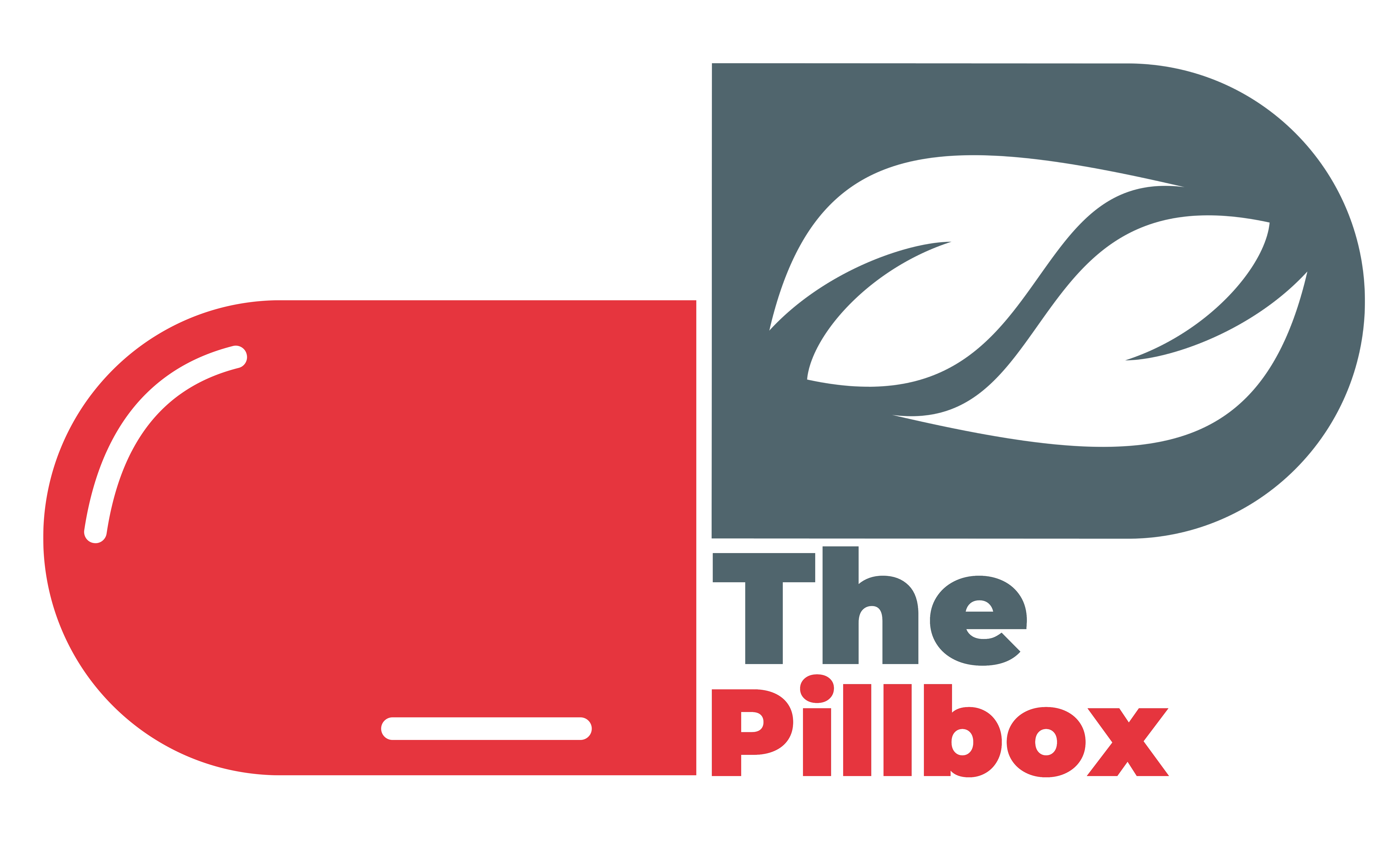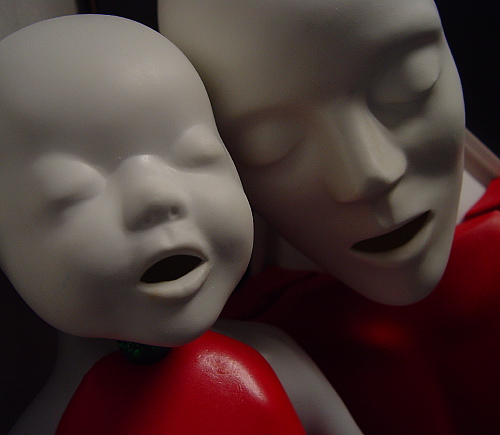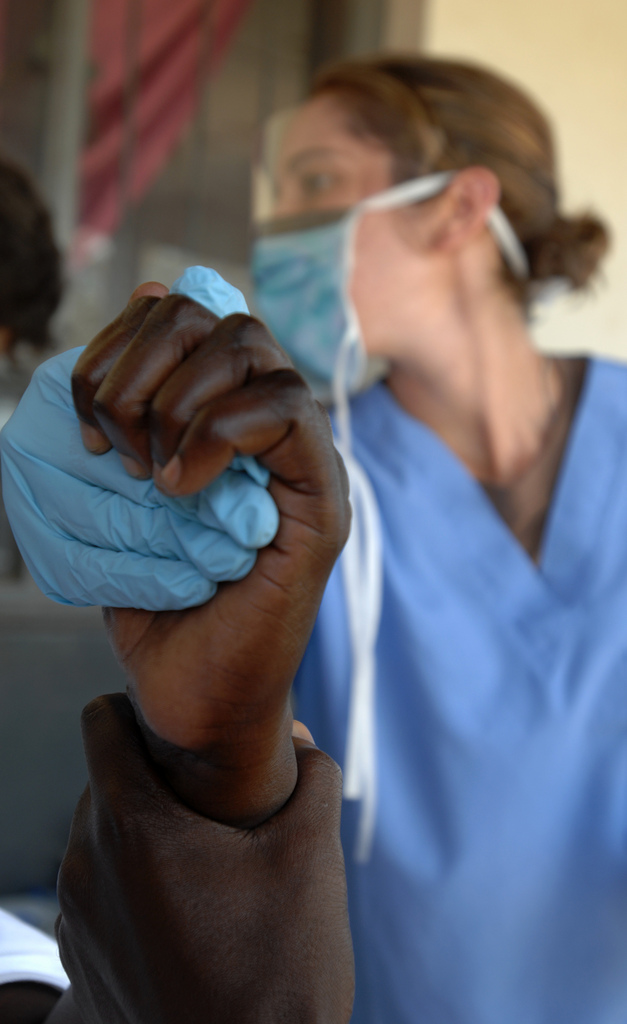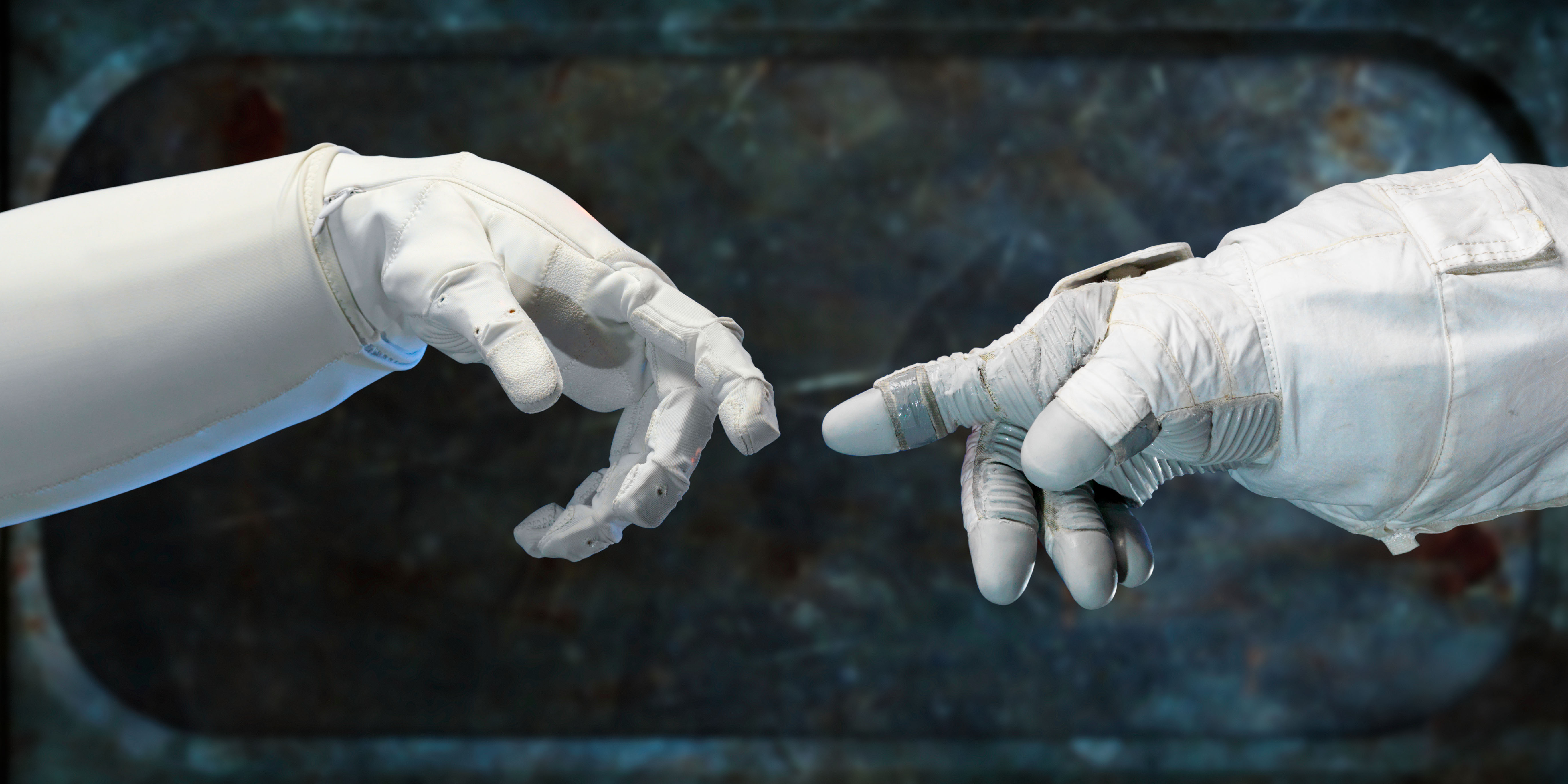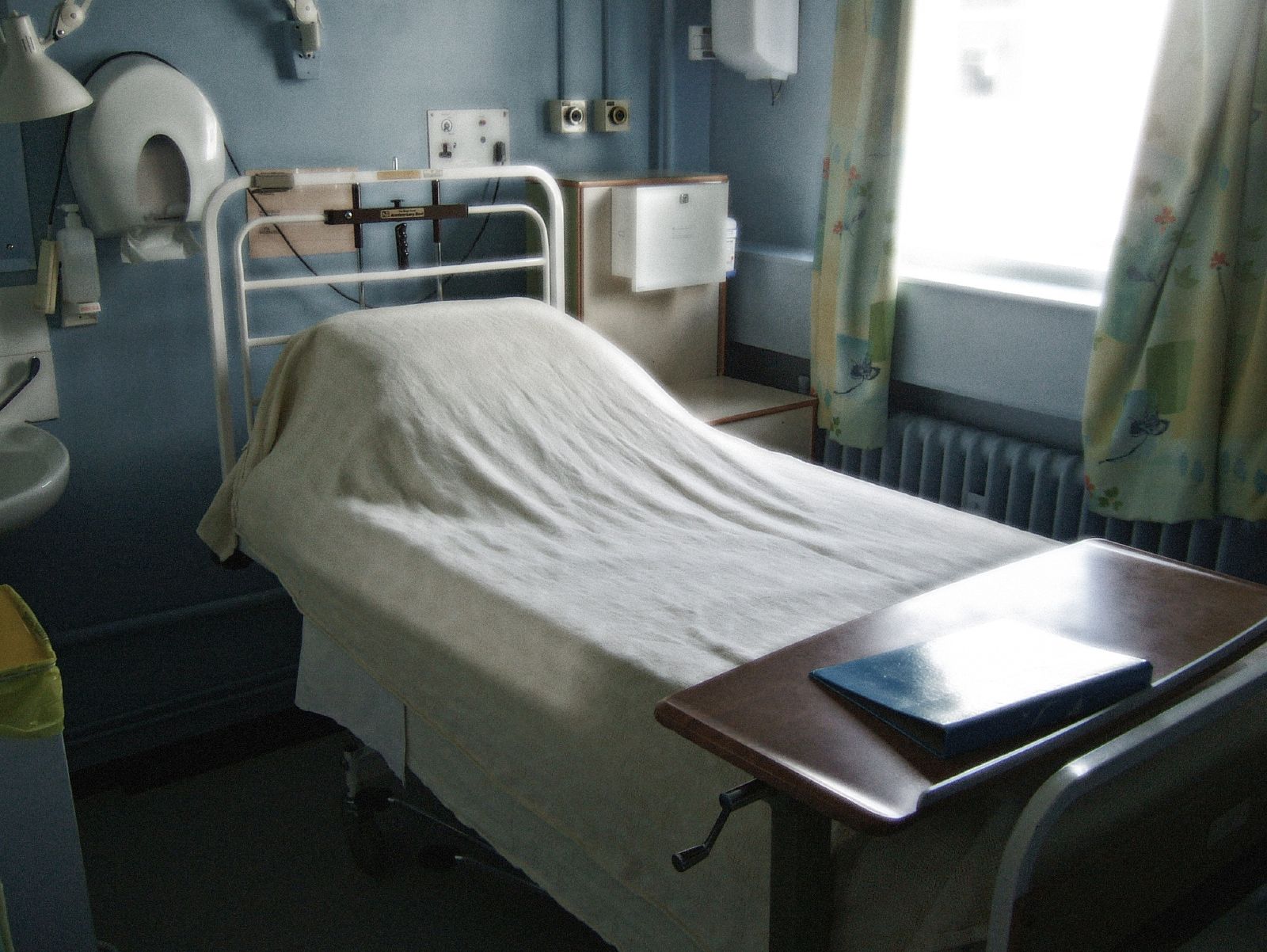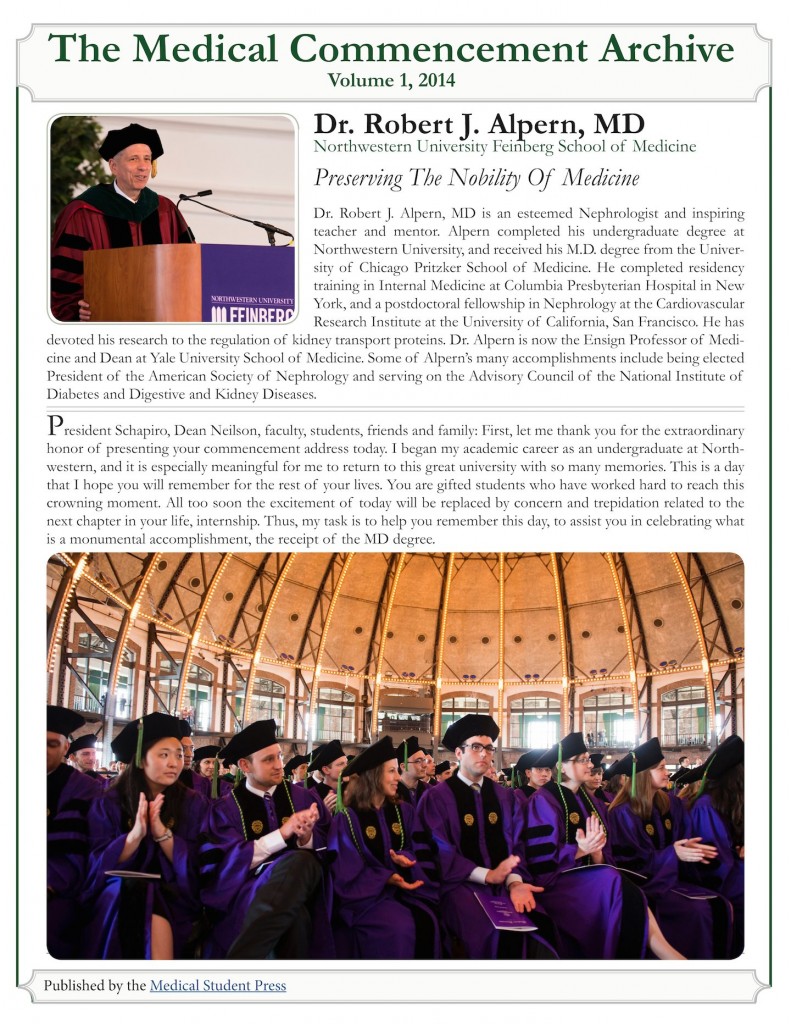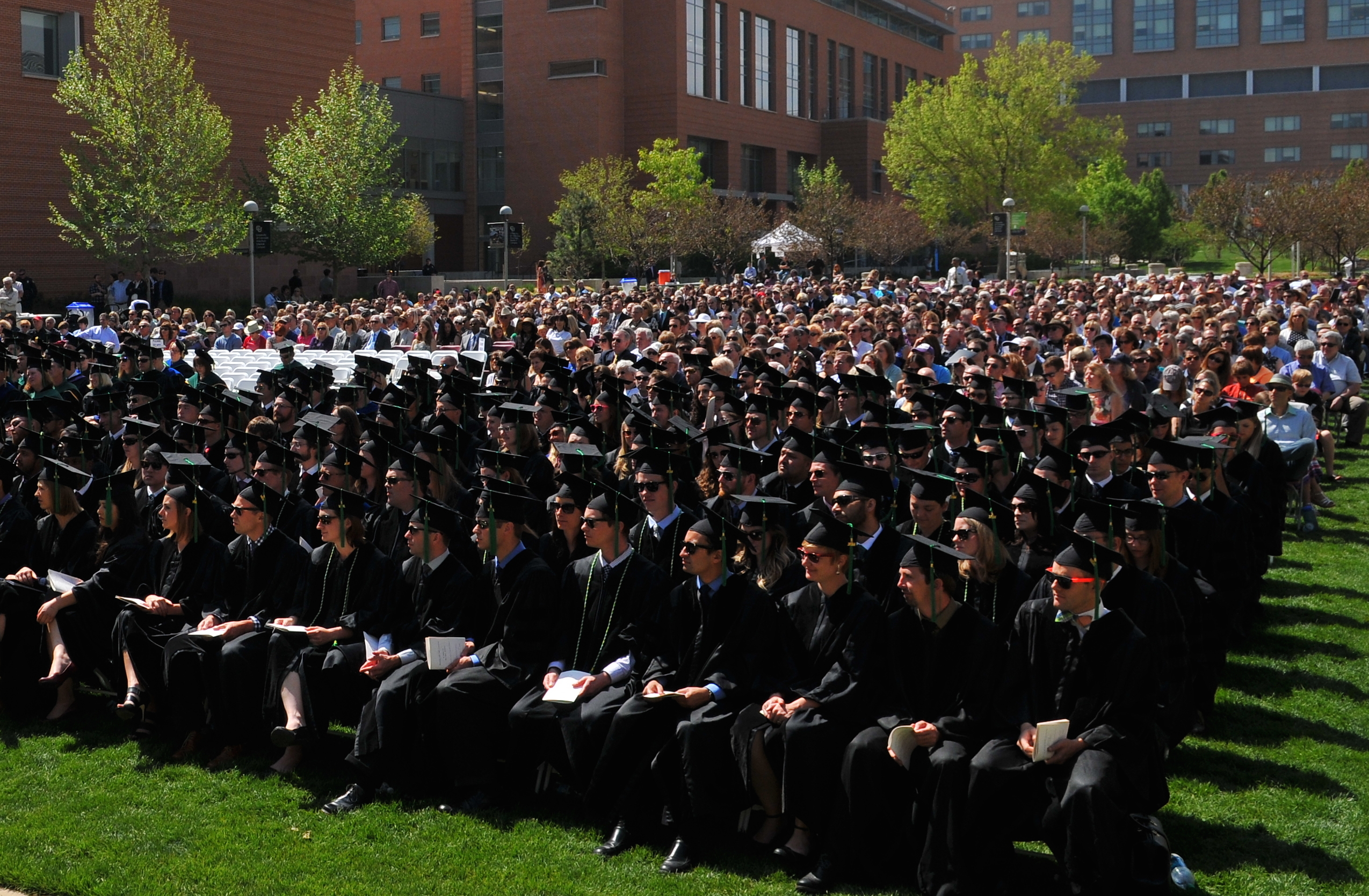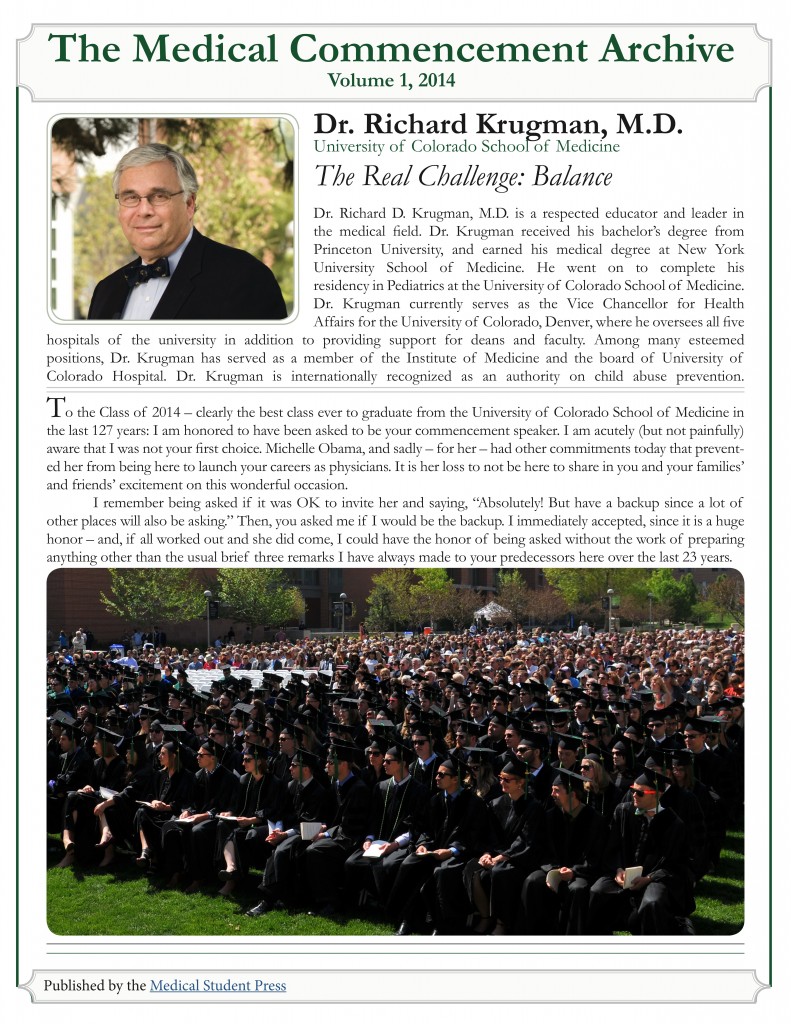https://www.youtube.com/watch?v=n5hP4DIBCEE
https://www.youtube.com/watch?v=ILxjxfB4zNk
Have you seen these videos that promote hands-only cardiopulmonary resuscitation (CPR)? Unfortunately, they don’t appear to be as popular and catchy as the song they feature.
CPR is a basic life supporting activity that literally saves lives. Even though the majority of the public is familiar with the concept or CPR, most don’t feel confident in executing it when the need arises. This could be because there are not enough first aid courses. However, I think there is another important factor for consideration.
Media and the entertainment industry, especially films and TV shows, portray physicians performing CPR as a miracle. The setting usually includes a gasping patient whose ECG suddenly flat-lines; then the doctors run in, yelling ‘blue code’, and immediately applies defibrillator pads on the patient’s chest. There may be sparks, and the patient is usually shown to give a jolt, often waking up and becoming completely alert and fully recovered.
Following this highly romanticized portrayal of CPR, it’s not a surprise if non-health professionals decide to merely wait for heroic EMTs, paramedics or physicians. In fact, some may view CPR as a seemingly complicated procedure that requires special equipment with the ability to bring a dead person back to life.
I don’t expect medical TV shows to be completely accurate or to portray entirely realistic situations; nevertheless, the repetitiveness of this false portrayal of resuscitation sticks in the minds of viewers. The entertainment industry is not responsible for educating the general public, but even if they don’t portray CPR entirely accurately, they shouldn’t lead their viewers astray. Repetitively being exposed to on-screen resuscitation, people can come to believe that defibrillators are an essential piece of equipment, without which resuscitation isn’t possible and the best approach is to leave it up to health professionals. Furthermore, showing conversion of flat-line ECG into sinus rhythm implies that electricity can restart a human heart. With the amazing automated external defibrillators becoming more widely used, a non-health professional can use them without knowing which rhythms are convertible, but I still believe they need to be aware that flat-line ECG means there is no electric activity in the heart, and that electricity cannot reinstate it; all a defibrillator can do is give a jolt to an irregularly paced heart which will hopefully terminate the irregular rhythm, allowing the natural pacemaker to take over and reinstate sinus rhythm.
The media has a strong influence on all of us. While attempting to amuse the audience and gain financial reward, the media should still impart important and accurate life lessons. Thanks to TV series and films, I don’t expect anyone would struggle to remember the emergency telephone number. Yet, because of the same media influences, many people would wait for an ambulance and their magical defibrillator instead of starting CPR themselves. Instead of giving false impressions about resuscitation, the media could play a large role in popularizing CPR as a simple, but vital action that can be performed by anyone, anywhere. Even though it is not the point nor purpose of the entertainment industry, this is an important message that can be relayed without requiring producers and actors going out of their way.
